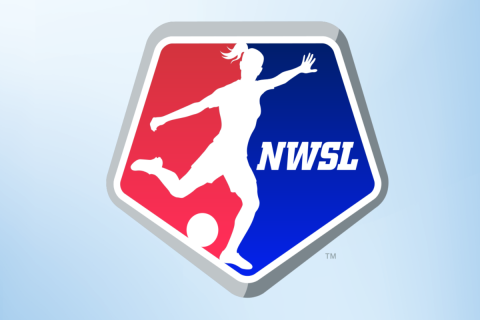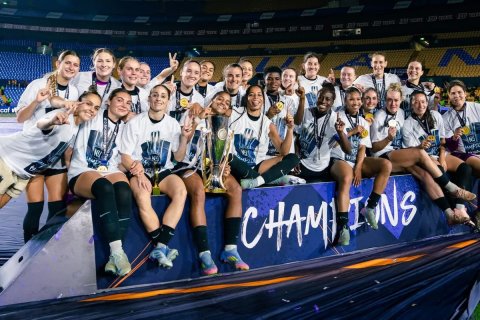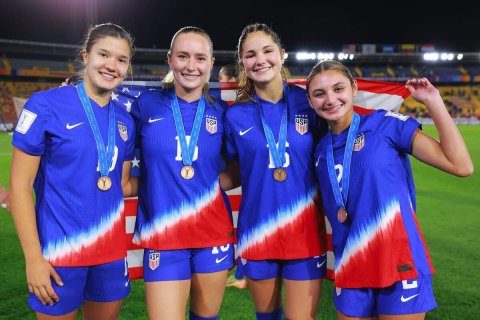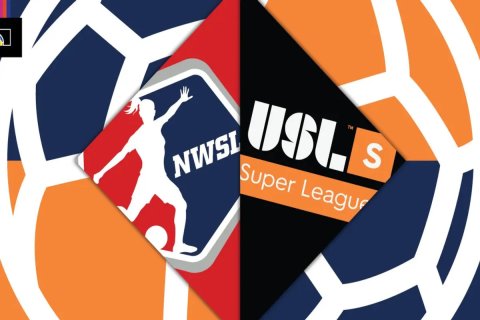Women’s soccer is rewriting the story of the sport in Washington, D.C., with the Washington Spirit stepping into the spotlight once reserved for DC United.
A Shift in the Capital’s Soccer Power
For decades, DC United symbolized professional soccer in the U.S. capital. The club was a founding member of Major League Soccer (MLS), collecting trophies and building a dedicated fan base. But in recent years, the team has struggled with form, financial stability, and fan engagement. At the same time, the Washington Spirit of the National Women’s Soccer League (NWSL) have surged forward, creating a genuine shift in who dominates soccer conversations in Washington.
The Spirit are not simply succeeding because DC United is failing. They are creating a new model for growth, community connection, and performance, showing that women’s soccer is not a secondary product but a central pillar in the U.S. sporting landscape.
Building a Winning Culture
One of the key reasons behind the Spirit’s rise is their commitment to building a winning culture both on and off the field. While DC United have gone through managerial instability and inconsistent results, the Spirit have invested heavily in player development, modern training facilities, and a clear identity.
The club has leaned into its strengths: a focus on wellness and performance, an inclusive culture, and an ambition to become the best women’s soccer team in the world. These factors resonate not just with fans of women’s sports, but with the wider Washington community looking for a team that represents modern values and delivers results.

The Power of Fan Engagement
Another major difference between the Spirit and United has been their ability to engage fans. The NWSL team has embraced innovative approaches to marketing, emphasizing storytelling, social media presence, and direct connections with supporters.
Fans of the Spirit see their club not only as a team but also as a movement. The players are role models, the club has been open about supporting social causes, and its atmosphere feels accessible and authentic. In contrast, DC United’s relationship with fans has been strained, especially after controversies surrounding management decisions and lack of clear direction.
This new era of fan engagement is critical. In a crowded sports market like Washington, where the NFL’s Commanders, the NBA’s Wizards, the NHL’s Capitals, and MLB’s Nationals all compete for attention, the Spirit have carved out their own space by standing out with purpose.
Investment and Professionalism
The rise of the Spirit is also tied to serious investment in women’s soccer. New ownership has pushed for professional standards that match or even exceed many men’s teams in MLS. This includes better salaries, improved facilities, and holistic support for athletes’ mental and physical health.
At a time when women’s sports are gaining global attention, the Spirit have positioned themselves as leaders, capitalizing on the momentum of the U.S. Women’s National Team’s global success and the increasing visibility of the NWSL. This professionalization of women’s soccer contrasts sharply with DC United’s struggle to modernize and adapt.
On-Field Success and Momentum
The Spirit’s performances on the field speak volumes. While DC United’s results have been inconsistent, the Spirit have developed a competitive, entertaining, and ambitious team. Their matches not only bring excitement but also represent a brand of soccer that is fresh and inspiring.
Momentum matters in sports, and right now the Spirit have it. Their games are drawing record crowds, and their profile is growing in the national media. The symbolic overtaking of DC United is not just about attendance or trophies, but about cultural relevance and excitement.
A Broader Reflection of Soccer Trends
The Spirit overtaking DC United is not just a local story; it is a reflection of broader trends in American soccer. Across the country, women’s teams are gaining more recognition, from record-breaking attendance at NWSL matches to growing television coverage and sponsorship deals.
Fans are demanding authenticity, inclusivity, and a connection to values they care about. The NWSL, and especially the Spirit, are meeting those demands. MLS, by contrast, sometimes feels stuck between tradition and its efforts to be more “global.”
The Spirit’s story also challenges outdated assumptions about which teams or leagues “deserve” the spotlight. The growth of women’s soccer is no longer a side note; it is the main story.
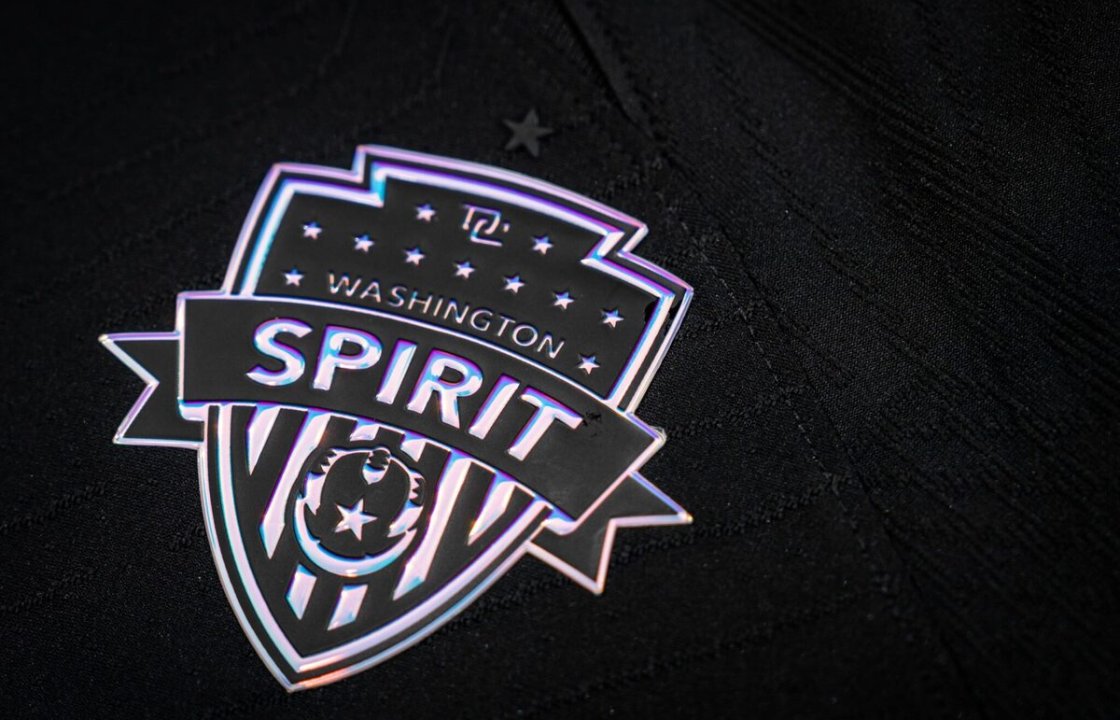
Washington as a Symbol of Change
There is something particularly symbolic about this happening in Washington, D.C. The capital of the United States, long known for its politics and power, is now also a stage for change in sports culture. The Spirit embody progress, empowerment, and ambition, values that resonate with a younger, more diverse generation of fans.
Meanwhile, DC United’s decline serves as a warning to other MLS clubs: if you fail to innovate and connect with your community, you risk being left behind.
Looking Ahead
The future looks bright for the Spirit. With continued investment, community support, and on-field excellence, they have the opportunity to become a benchmark not only for women’s soccer but for professional sports in the U.S. Their rise is inspiring, disruptive, and ultimately beneficial for the entire soccer ecosystem.
The story of Washington soccer is being rewritten, and the protagonists are no longer the traditional men’s powerhouse but a women’s team redefining what success means.
Connecting This Rise to SIA Academy
At SIA Academy, we understand this shift because we also work daily on the values the Washington Spirit are embodying. Just like the Spirit, we prioritize individual player development, innovation, and creating a culture of inclusivity and growth. Our programs emphasize performance, wellness, and holistic improvement, ensuring athletes are not only better soccer players but also more resilient individuals.
The Spirit’s rise against DC United proves that vision, commitment, and community can transform the game. At SIA Academy, we share that vision with every player who trains with us, showing that the future of soccer belongs to those who dare to challenge traditions and build something new.

